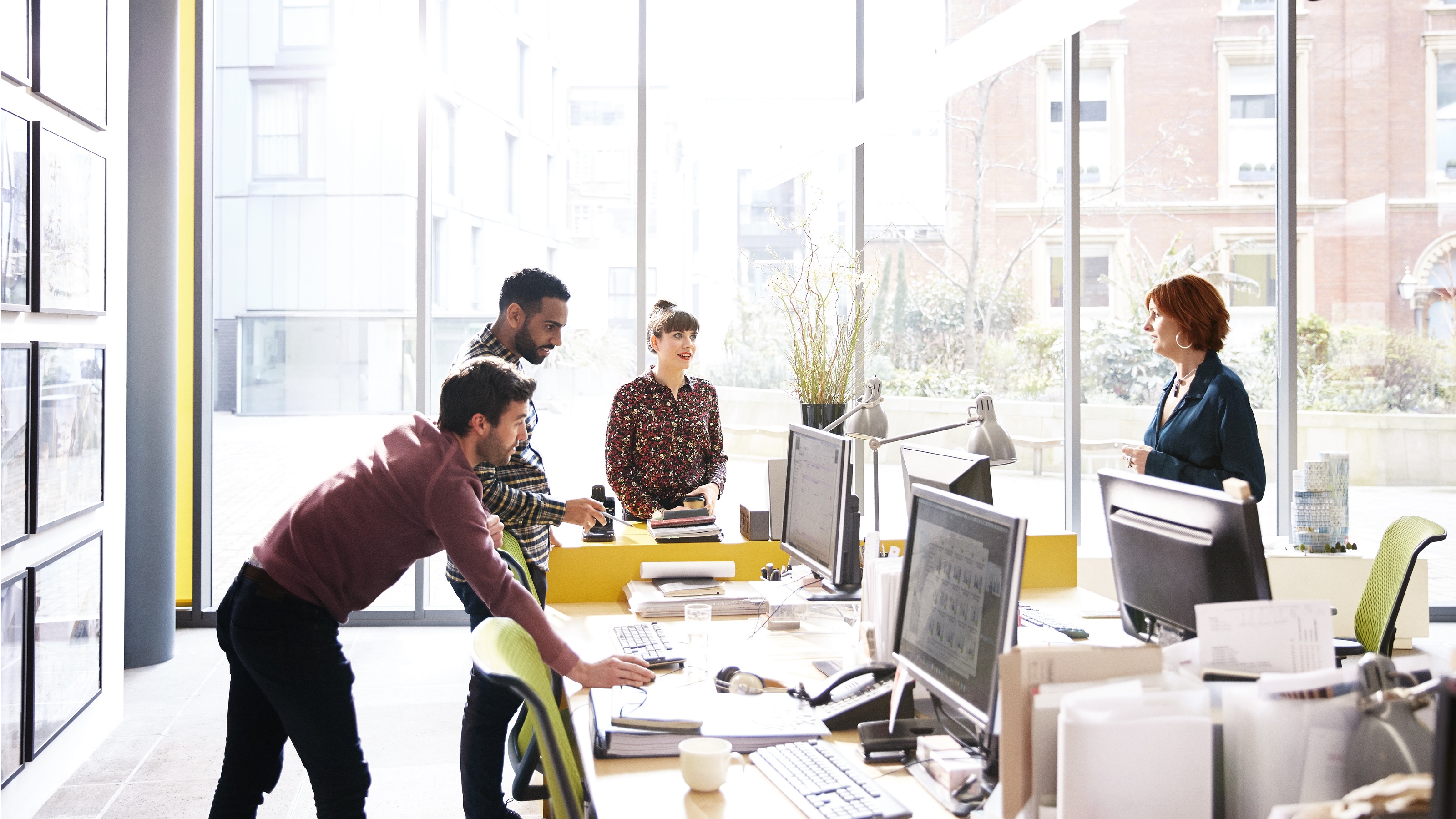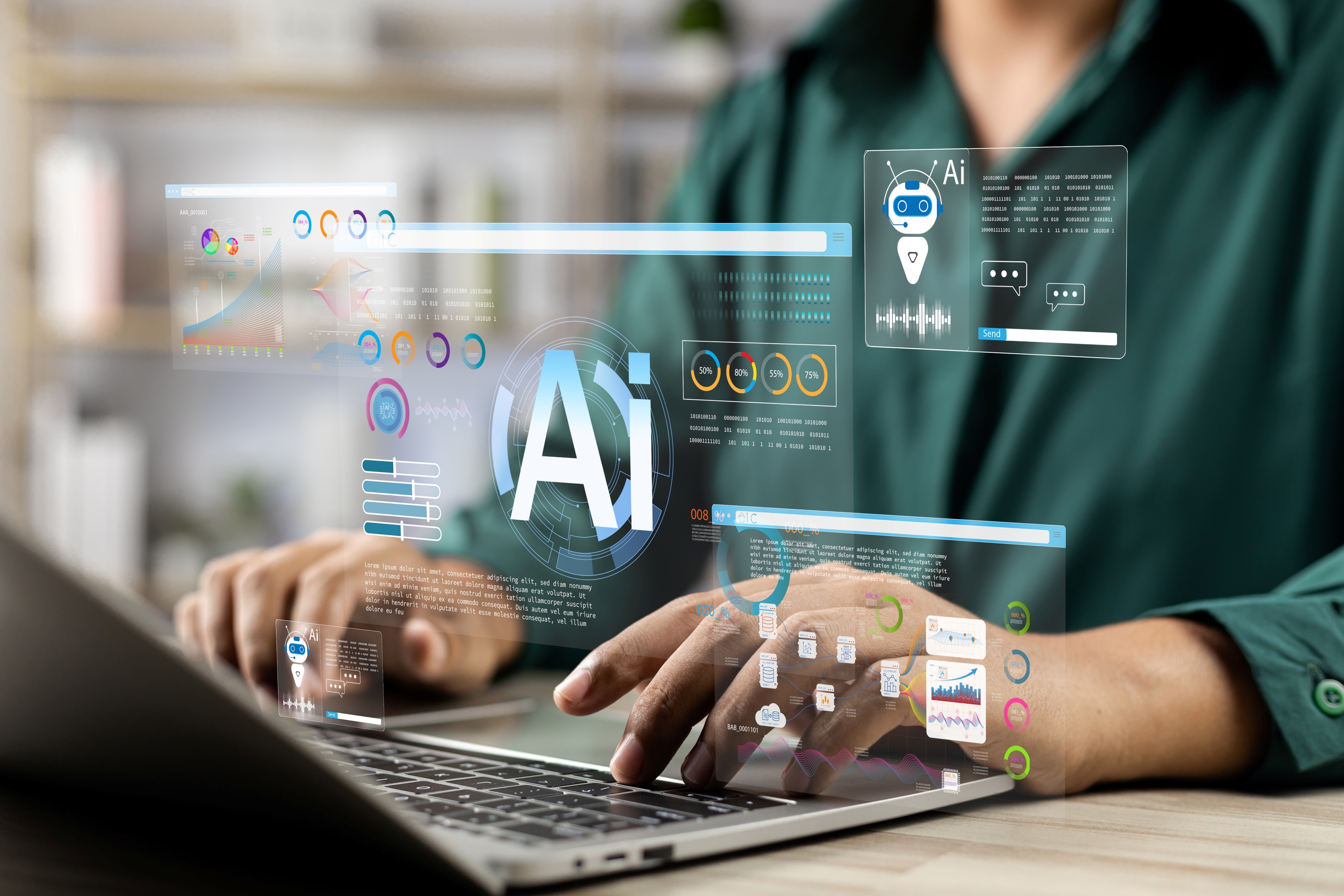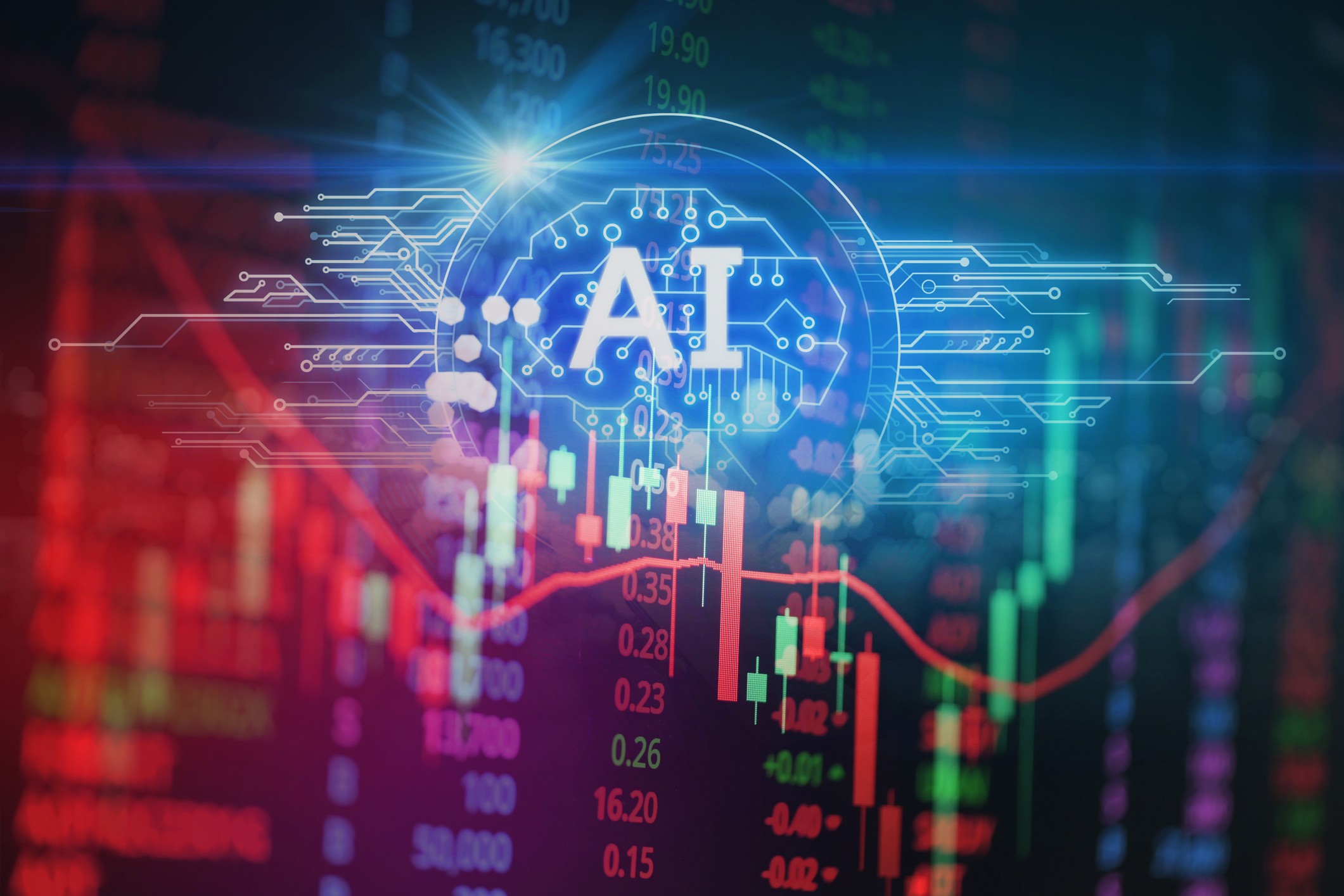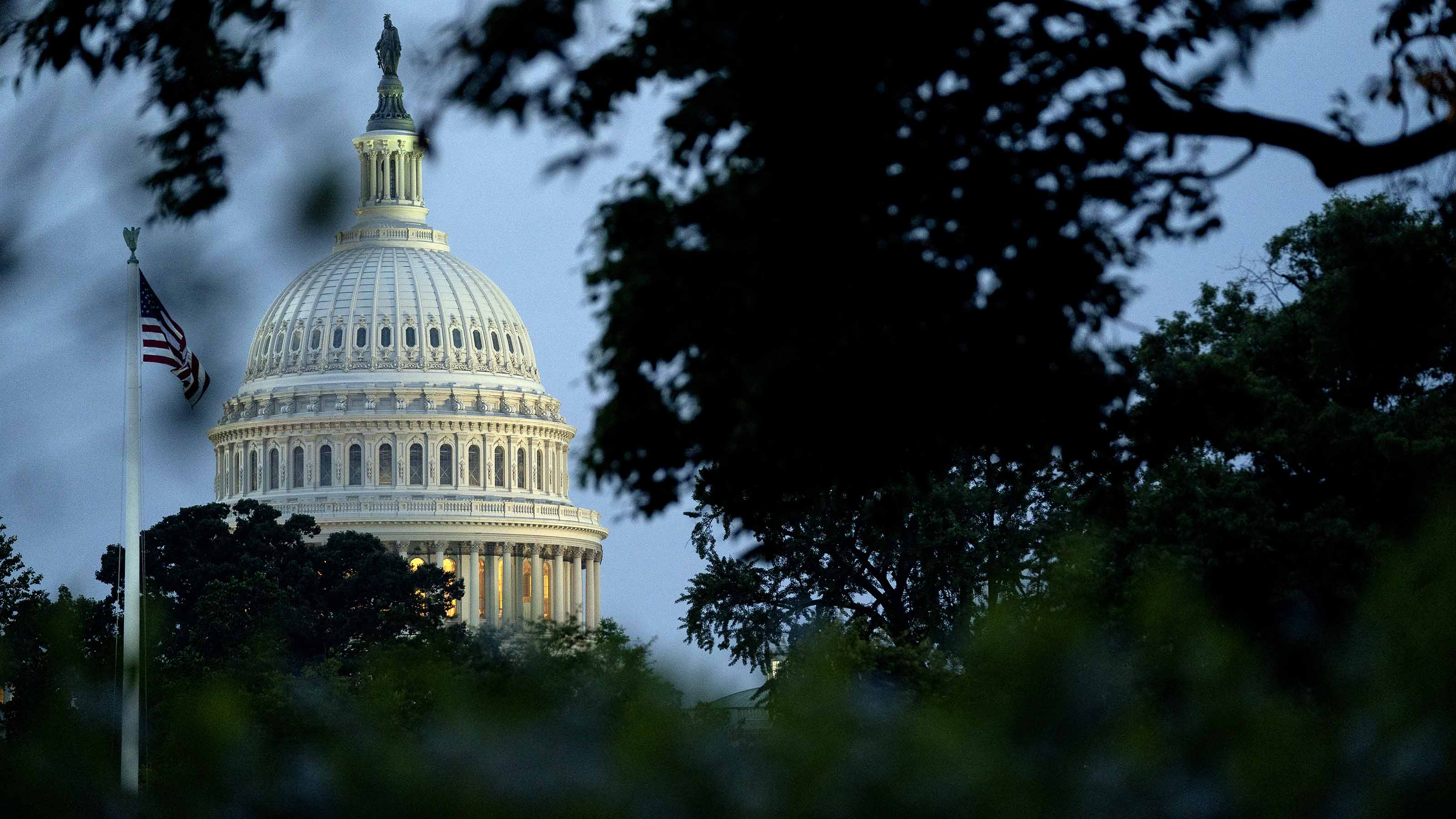The Best- and Worst-Case Forecasts for This Coronavirus Recession
Here is a rough guide to how deep a decline we’re facing, and how the eventual recovery may unfold.
A brutal recession is upon us as the effects of the public health crisis ripple across industries.
The best realistic scenario we can imagine: A GDP decline for the year of 4%, worse than the Great Recession. That assumes a relaxation of the various government restrictions on movement and business sometime in May (the earliest we can see) and a solid rebound in the second half of 2020.
Unemployment is going to shoot up, to 12% or higher, the worst level that the U.S. has experienced since 1940. Consumer spending is heading for a cliff; we expect it to be down 30% in the second quarter of 2020.
From just $107.88 $24.99 for Kiplinger Personal Finance
Become a smarter, better informed investor. Subscribe from just $107.88 $24.99, plus get up to 4 Special Issues

Sign up for Kiplinger’s Free Newsletters
Profit and prosper with the best of expert advice on investing, taxes, retirement, personal finance and more - straight to your e-mail.
Profit and prosper with the best of expert advice - straight to your e-mail.
While a few categories, like groceries and home health care, will see gains, others, such as auto sales, restaurant meals and the like, will all but evaporate, down 60% or more. Business investment will drop by 20% in the second quarter as inventories are depleted and nonresidential construction screeches to a halt. Home building is a relative bright spot as most states are letting it go forward, with precautions to keep workers distanced from each other. Expect home sales to drop this spring but then soar when health fears subside.
If the epidemic can be contained soon, and if the quarantines are relaxed, some parts of the economy could enjoy a strong recovery. Unemployment would come down more quickly than it did after the last recession, as businesses reopen. In that scenario, expect a jump in spending on certain goods and services after months of pent-up demand, especially by workers who held on to their jobs.
Housebound consumers will spend on household goods, clothes, and haircuts — everyday purchases that got put on hold. Durable goods like cars and appliances, big things people needed but didn’t feel comfortable buying when they were afraid of losing their jobs, should recover as well.
The spending that won’t bounce back quickly, due to lingering infection risks: dining out, travel and any sort of entertainment or recreation involving crowds.
Overall, don’t expect a sudden recovery. Businesses and consumers alike are going to be careful about spending. Social distancing is likely to remain common even after the worst of the virus passes, especially given the shortage of face masks.
And remember, this is the best case. Keep this gloomier possibility in mind: A second wave of infections if the country tries to go back to normal too soon. Hopefully, widespread virus testing and other medical advances will prevent that. But if infections and deaths jump again after the situation seems to be under control, the resulting blow to the economy could rival the worst years of the Great Depression.
Profit and prosper with the best of Kiplinger's advice on investing, taxes, retirement, personal finance and much more. Delivered daily. Enter your email in the box and click Sign Me Up.
-
 I'm want to give my 3 grandkids $5K each for Christmas.
I'm want to give my 3 grandkids $5K each for Christmas.You're comfortably retired and want to give your grandkids a big Christmas check, but their parents are worried they might spend it all. We ask the pros for help.
-
 If You're Not Doing Roth Conversions, You Need to Read This
If You're Not Doing Roth Conversions, You Need to Read ThisRoth conversions and other Roth strategies can be complex, but don't dismiss these tax planning tools outright. They could really work for you and your heirs.
-
 Could Traditional Retirement Expectations Be Killing Us?
Could Traditional Retirement Expectations Be Killing Us?A retirement psychologist makes the case: A fulfilling retirement begins with a blueprint for living, rather than simply the accumulation of a large nest egg.
-
 AI Appliances Aren’t Exciting Buyers…Yet
AI Appliances Aren’t Exciting Buyers…YetThe Kiplinger Letter Artificial intelligence is being embedded into all sorts of appliances. Now sellers need to get customers to care about AI-powered laundry.
-
 What to Expect from the Global Economy in 2026
What to Expect from the Global Economy in 2026The Kiplinger Letter Economic growth across the globe will be highly uneven, with some major economies accelerating while others hit the brakes.
-
 The AI Boom Will Lift IT Spending Next Year
The AI Boom Will Lift IT Spending Next YearThe Kiplinger Letter 2026 will be one of strongest years for the IT industry since the PC boom and early days of the Web in the mid-1990s.
-
 Amid Mounting Uncertainty: Five Forecasts About AI
Amid Mounting Uncertainty: Five Forecasts About AIThe Kiplinger Letter With the risk of overspending on AI data centers hotly debated, here are some forecasts about AI that we can make with some confidence.
-
 Worried About an AI Bubble? Here’s What You Need to Know
Worried About an AI Bubble? Here’s What You Need to KnowThe Kiplinger Letter Though AI is a transformative technology, it’s worth paying attention to the rising economic and financial risks. Here’s some guidance to navigate AI’s future.
-
 Will AI Videos Disrupt Social Media?
Will AI Videos Disrupt Social Media?The Kiplinger Letter With the introduction of OpenAI’s new AI social media app, Sora, the internet is about to be flooded with startling AI-generated videos.
-
 What Services Are Open During the Government Shutdown?
What Services Are Open During the Government Shutdown?The Kiplinger Letter As the shutdown drags on, many basic federal services will increasingly be affected.
-
 The Economy on a Knife's Edge
The Economy on a Knife's EdgeThe Letter GDP is growing, but employers have all but stopped hiring as they watch how the trade war plays out.